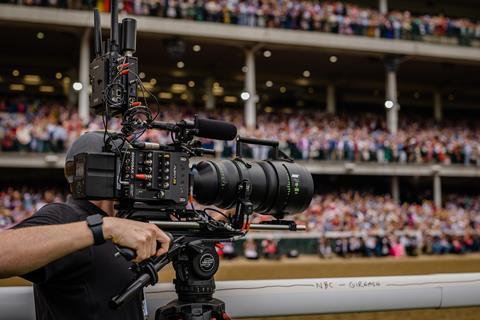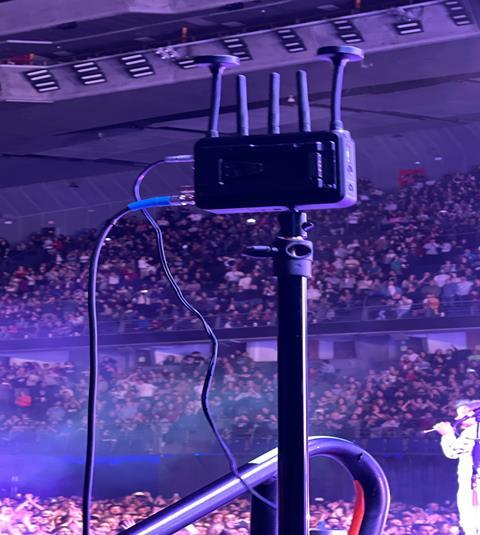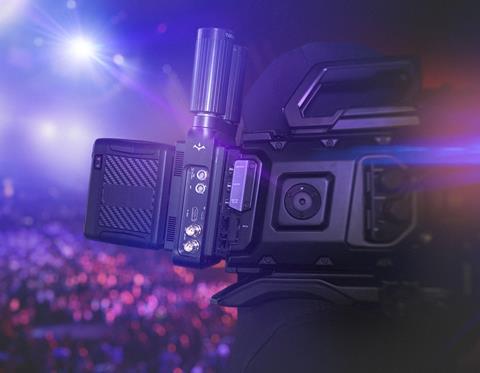How to stop the increasing use of wireless devices from congesting airwaves and complicating transmission

Broadcasters are facing unprecedented demands in today’s media landscape as audiences demand ever more immediate and compelling content.
The increasing use of wireless devices congests airwaves and complicates transmission, so the demand for reliable solutions capable of navigating through wireless interference and network congestion has never been more critical.
There are a multitude of competing wireless signals that contribute to less than ideal wireless video transmission, such as the location’s WiFi, mobile devices, radar, police/emergency response, and more. All of which contributes to a crowded wireless environment, posing a huge challenge for broadcasters who need strong, secure connections at large live events.

With the approval of the 6GHz spectrum, broadcasters gain access to a wider range of frequencies, offering increased bandwidth and reduced interference. But to fully leverage the potential of the 6GHz spectrum, broadcasters also require corresponding advancements in technology.
It’s not just about gaining access to these frequencies, it’s about having access to tools and capabilities to harness the full potential of the 6GHz spectrum.
For wireless video, Teradek’s Ranger Series delivers the technology professionals require for large sporting events, conferences, and concerts.
These systems feature Teradek’s proprietary zero-delay wireless capability, allowing for a sub-1ms transmission of visually lossless 4K HDR video (and audio) up to 5,000ft line of sight.
But most importantly, Ranger offers flexibility to broadcasters seeking a dynamic video transmission system that can quickly adapt to the spectrum realities of any event. With a wide operating range of 4.9GHz to 6.42GHz, Ranger can transmit over both unlicensed and licensed frequencies, while allowing for fine tuning in 5MHz intervals when working with frequency coordinators.

Licensed & Unlicensed Bands
Navigating the nuances between licensed and unlicensed frequency bands is paramount for understanding the available frequencies at a venue, and how to plan for your transmission needs.
Licensed bands refer to specific frequency ranges allocated by regulatory bodies, such as governments, to authorised users through licensing agreements. These bands typically offer exclusive access to designated frequencies, providing users with greater reliability and security for their transmissions.
In contrast, unlicensed bands encompass frequency ranges open for public use without the need for licensing. While unlicensed bands offer more flexibility and accessibility, they also tend to be more congested, leading to potential interference issues.
With Ranger, you gain access to several licensed frequencies across the device’s operating range, giving you the essential adaptability required of wireless workflows in large event centers and stadiums.
Xavi Morón, owner at Streaming On Set, said: “Even with venues at full capacity, we have been able to deliver wireless video flawlessly. Thanks to Ranger, we ensure an interference-free, zero-delay video transmission, providing audiences with a seamless multi-cam IMAG experience every time.
Access to the 6GHz spectrum presents new opportunities for increased bandwidth and reduced interference. With 12 new channels of operation, and access to both licensed and unlicensed frequencies, Ranger empowers broadcasters to achieve their wireless video goals effectively and affordably.
This is a sponsored story. To find out more about Teradek Ranger, visit teradek.com/ranger.







No comments yet